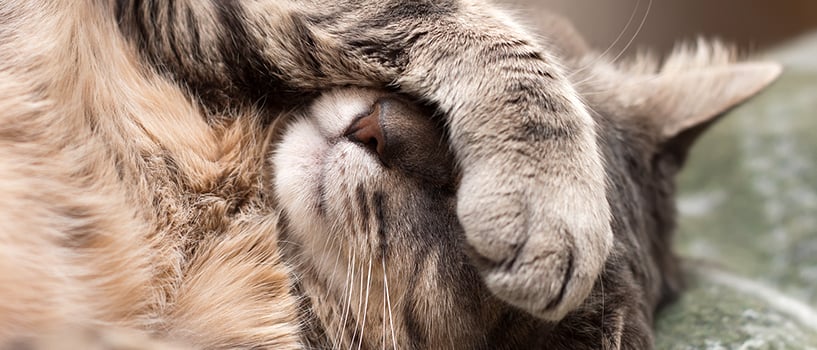

Nothing to see here.
We recently restructured our site and the page you are looking for may have been moved or renamed. You may want to look at the Home Page, Chew On This Blog, or the Site Index. Or use the Search Box available at the top of the page.